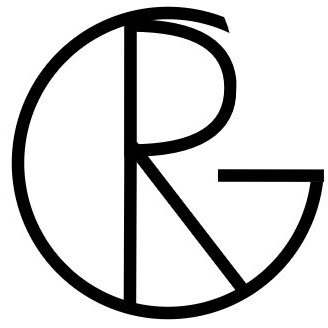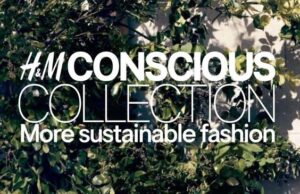Last year, I wrote an article titled “Greenwashing Scandals”. In this post, I delved into two cases of greenwashing, where big fashion brands employed misleading marketing strategies to create the idea that their products were sustainable.
While the phenomenon of greenwashing is not a recent development, it is concerning that its occurrence in the fashion industry is on the rise.
Over the years, fashion brands have become skilled at using deceptive strategies to convince consumers that their products are more environmentally friendly.
These tactics mislead well-intentioned buyers and contribute to the growing problem of environmental degradation. Moreover, it damages trust and credibility in the market and can discourage companies from making meaningful efforts toward sustainability.
Recognizing the urgent need to address this issue (in all industries), the European Union has taken a significant step forward by implementing a “Greenwashing Ban”.
Greenwashing Ban in the European Union
Update: As of January 17th, 2024, the European Parliament has adopted the new law that will ban greenwashing in the EU.
The term greenwashing has many definitions, but essentially, it refers to “conveying a false impression or misleading information in an effort to look more sustainable (and sell more products).”
To address the greenwashing concerns, the European Parliament and council have reached a provisional agreement on new regulations to ban misleading advertisements and provide consumers with better information. These bans aim to protect consumers from deceptive marketing techniques and to help them make more informed decisions.
On their website, the European Parliament states that the following will be banned:
- generic environmental claims, e.g., “environmentally friendly”, “natural”, “biodegradable”, “climate neutral,” or “eco”, without proof of recognized excellent environmental performance relevant to the claim;
- commercial communications about a good with a feature that limits its durability if information is available on the feature and its effects on the durability;
- claims based on emissions offsetting schemes that a product has a neutral, reduced, or positive impact on the environment;
- sustainability labels not based on approved certification schemes or established by public authorities;
- durability claims in terms of usage time or intensity under normal conditions, if not proven;
- prompting the consumer to replace consumables, such as printer ink cartridges, earlier than strictly necessary;
- presenting software updates as necessary, even if they only enhance functionality features;
- presenting goods as repairable when they are not.
The Greenwashing Ban: Transforming Fashion
Once the proposed rules have been accepted by the European Parliament, “sustainability” claims of fashion brands will have to be verified by a third party. Brands will need to be able to scientifically back up their claims before they can communicate them to consumers.
So, this ban would have a significant impact on transparency in the fashion industry. It will eliminate greenwashing, prevent misleading claims, and verify durability claims.
CSRD
Another important development that will have a significant impact on the fashion industry is the EU legislation for the CSRD (Corporate Sustainability Reporting Directive).
This legislation requires companies to report on the impact of their corporate activities on the environment and society. From 2024, this legislation will apply to large companies with over 250 employees, over €40 million annual turnover, or more than €20 million on the balance sheet. From 2026 and onwards, this ruling will also apply to smaller organizations.
The CSRD is implemented to improve the content and quality of sustainability information. Ultimately, the legislation aims to increase the transparency and trustworthiness of organizations.
For fashion companies based in the EU, this means that they are required to disclose detailed information based on the environmental, social, and governance aspects of the fashion industry. For example, fashion brands have to disclose their impact on the environment and discuss the communities they affect with their practices.
Conclusion
To conclude, the greenwashing ban and the CSRD legislation collectively improve the trustworthiness of fashion companies in the EU. These regulations demand the disclosure of accurate information about their practices, ensuring the communication is grounded in scientific data. This will hopefully help consumers to make better-informed choices that align with their values.
In the Spotlight: Greenwashing Reporting Tool
While researching for this post, I stumbled upon an interesting initiative: the Greenwashing Reporting Tool by the Dutch Sustainable Fashion Circle. This tool allows consumers to flag potential instances of greenwashing by a fashion brand.
The Sustainable Fashion Circle then examines the report and seeks evidence of the greenwashing claim.
Upon establishing the validity of a claim, they forward it to the ACM—an independent authority overseeing consumers and markets. The ACM then assesses the sustainability assertions and intervenes if a brand is found to be engaging in greenwashing practices.
You can find the Greenwashing Tool here.
Sources
All pictures link to their source, and all credits go to the rightful owners.
You can find the link to the header picture HERE.





